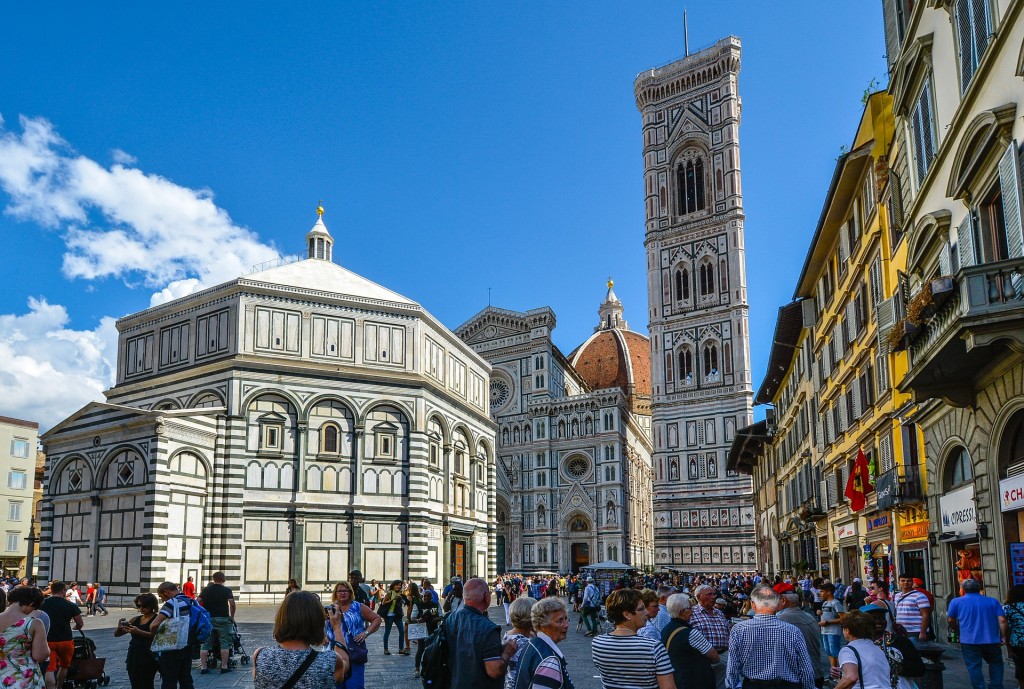Regional Observatory of Culture. Nota 2/2023 | A cura di Sabrina Iommi

Important shares of the investments envisaged by the PNRR and the PNC are dedicated to the recovery and enhancement of the cultural heritage and to the modernization of tourist businesses.
Both sectors are strategic for Tuscany, as well as for Italy more generally, both from an economic point of view, due to the job and income opportunities they offer, and from a social point of view in the broadest sense, due to the growth opportunities human capital and the quality of the leisure offer.
The PNRR has a complex governance, firstly because it provides for a very stringent schedule of reforms and investments, secondly because it implies multilevel governance, which includes national structures (Presidency of the Council of Ministers, Ministries), local authorities (Regions, Provinces , Municipalities) and economic operators (enterprises) and non-profit organizations in the territories, as implementing subjects. The latter, in fact, must be able to participate in tenders published by the various ministries of reference (specifically, the Ministry of Culture and that of Tourism).
The deadlines initially set envisaged the publication of tenders for local authorities by 2022, the start of construction sites by 2023 and the conclusion of the works by June 2026. However, it will not be easy to respect these deadlines.
The thematic distribution and, in part, the territorial distribution are bound by the programming document. For the first aspect, in fact, the separate programming is valid for the 6 missions and, within them, for the various components and funding lines. For the second aspect, on the other hand, a reserve of at least 40% of resources is envisaged for the regions of the South, due to the greater economic fragility that characterizes them.
Within the framework thus outlined, this note analyzes the specificities of the “culture and tourism” component.
Let’s start with resources. Those from PNRR sources amount to 4.3 billion for Italy for culture (which rises to 5.7 if the PNC is included) and 2.4 billion for tourism. In total for culture and tourism we therefore arrive at 8.1 billion. The cultural component generally provides for maintenance, safety measures, energy efficiency and modernization of cultural assets of various kinds, while the tourism component mainly supports the digitization of tourism businesses.
We then move on to deadlines. From the data on the degree of completion processed on a national scale by Openpolis and updated to 1 March 2023, the areas of culture and tourism appear slightly above average and, therefore, started in a satisfactory way.
Coming to the thematic and territorial distribution, the tenders for which a ranking has been published are currently 5 (removal of barriers, efficiency improvement of structures, attractiveness of villages, enhancement of parks and gardens, digital transition of operators). Overall Tuscany, despite the reserve in favor of the South, ranks in the top positions, thus demonstrating a good response capacity, rather widespread in its territories.
More updated data (as of 1 June 2023), available only for Tuscany, allow for further analysis. The resources assigned so far to culture and tourism currently amount to almost 370 million euros, to which, according to IRPET estimates, another 45 could be added when fully operational. Compared to other thematic areas, that of culture and tourism has some peculiarities: it is relatively more widespread in the area, probably driven by the polycentrism of the cultural sites and sites of tourist interest in the region, it is characterized by interventions of a smaller average amount (consequence of the polycentrism ) and by the greater incidence of contributions and incentives to businesses and non-profit entities.
To the positive effects connected in general to all investments, the interventions for culture and tourism therefore add their territorial diffusion, also in favor of internal areas, in this responding to one of the basic objectives of the Next Generation EU, that of reducing the territorial, which accompanies the more general purposes related to digitization and ecological transition.